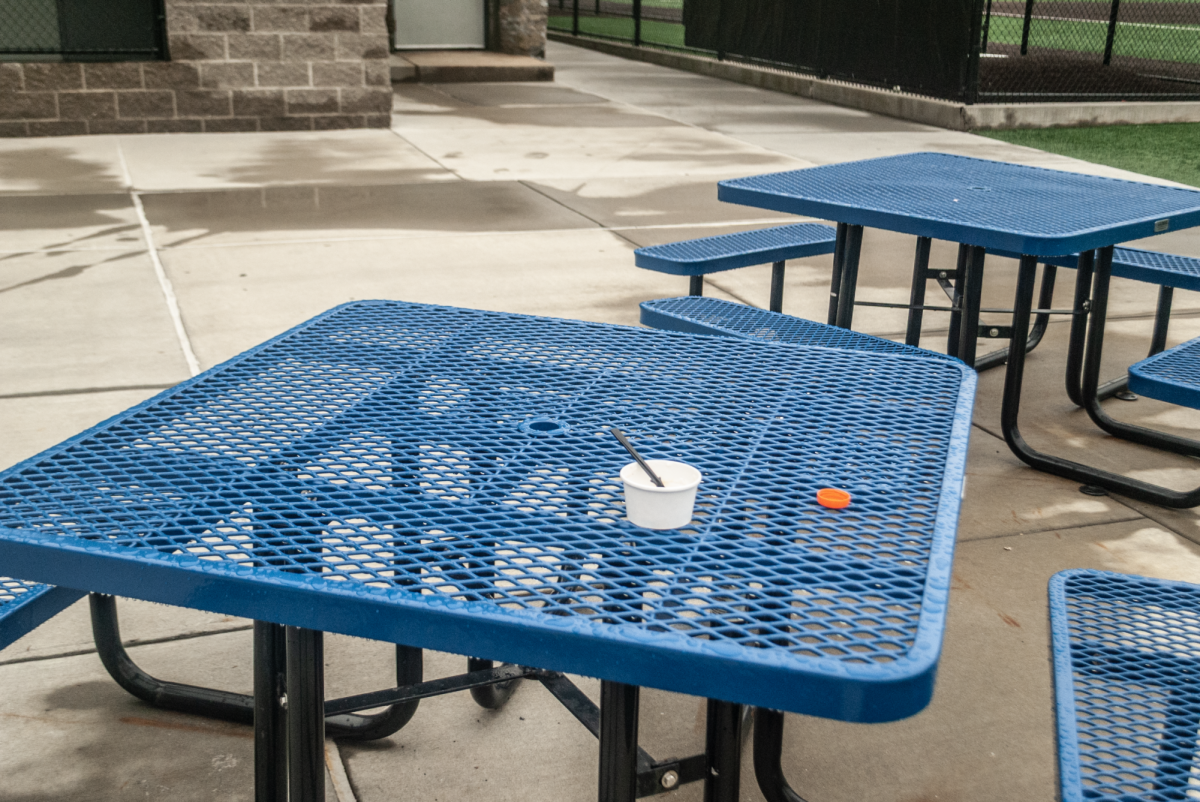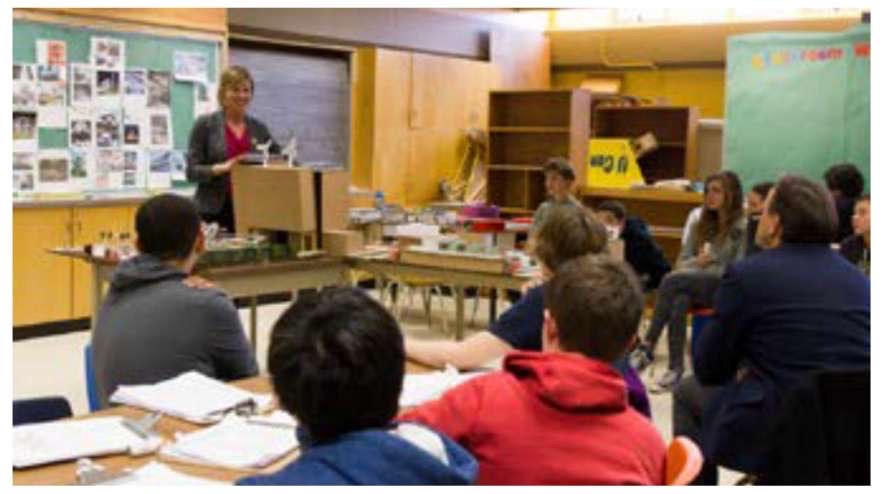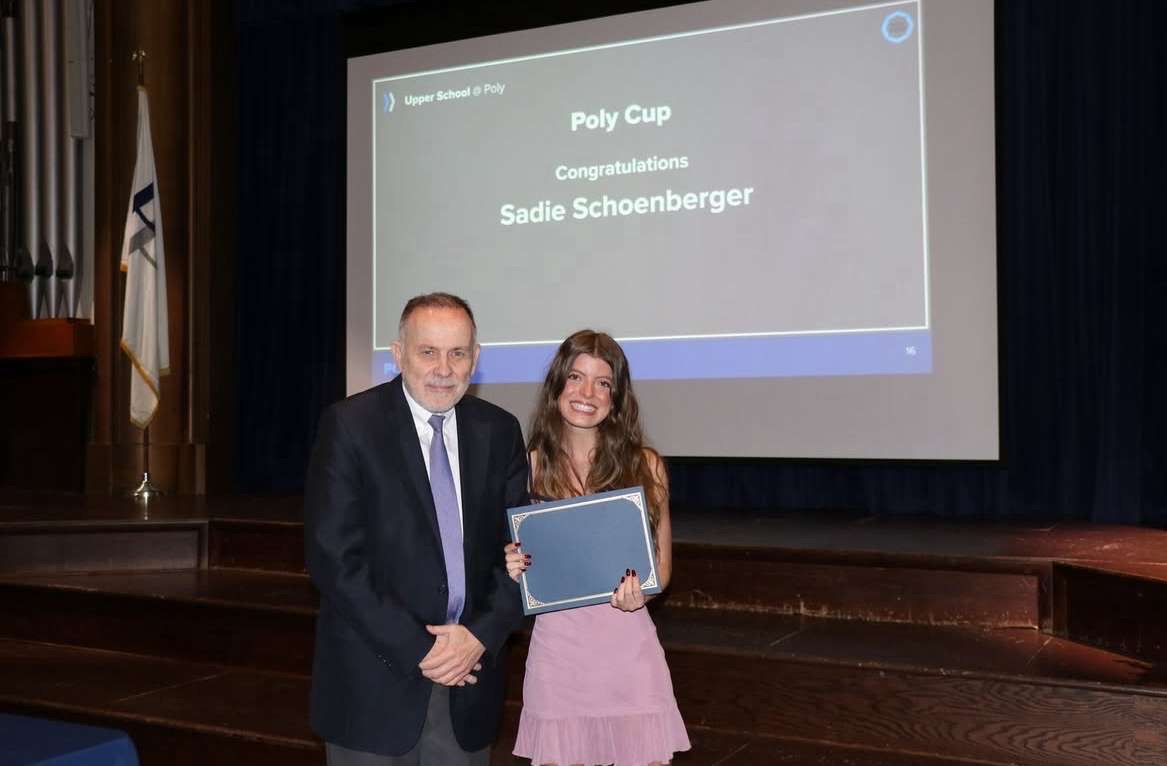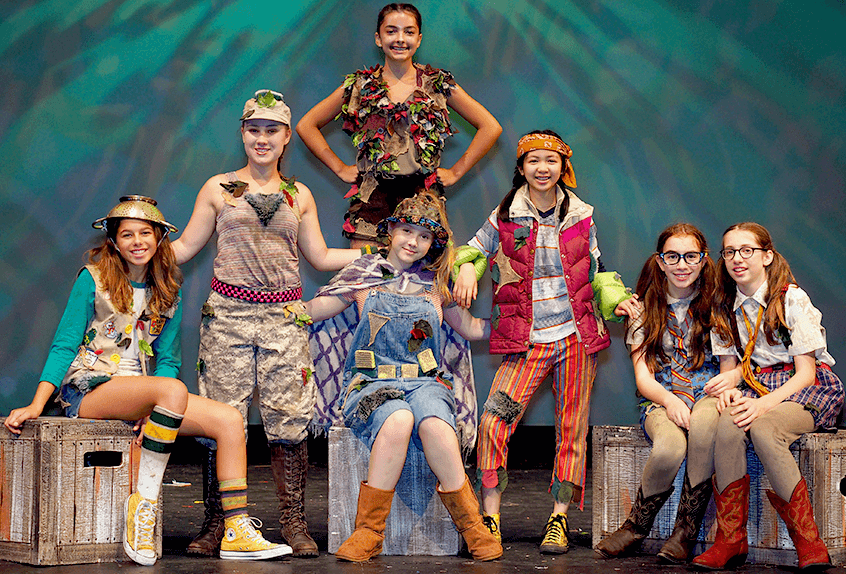During Spring Break, while some members of the community stayed home and relaxed, and others vacationed with their families or friends, there were two groups who decided to travel abroad to study, practicing their target language. Poly offered two trips over the break: France and China. Both trips were exhausting, requiring lots of long days, moving from one region to the next. Although the jetlag might have been difficult to overcome and the weather was unpredictable, students strengthened their ability to speak and engage in another language, made new friendships, and created memories that will last a lifetime.
On the evening of March 11th, 16 students from grades 9-12 began their journey across the world. For the next 13 days, they explored some of the most ancient historical sites, highest-rated restaurants, and exciting activities that China has to offer. The trip consisted of three nights in Beijing, two nights in Xi’an, three nights in Chengdu, and two nights in Shanghai.
According to Mandarin Teacher Ruoran Huang, who led the trip, and World Languages Department Chair Elisabeth Mansfield, who chaperoned, some highlights included climbing the Great Wall, visiting the Terracotta Warriors, playing games with locals, and learning new vocabulary. Junior Daisy Lu says that her favorite part was walking around the Bund and seeing the skyline on the last full day in Shanghai on the last day. She appreciated the warmth in Shanghai, which was “a really nice change from the winter weather in Beijing and New York.” Huang recalls the children using their language skills while walking through the streets of Beijing to join in on a game of jianzi, a Chinese sport where you use your feet to keep a shuttlecock in the air. Huang describes the special moment as “a very localized experience.” She brought a few of the shuttlecocks back to Poly and shared that the Mandarin Three class had already gone outside to play jianzi. The students not only experienced Chinese culture firsthand but also brought it to life at Poly.
When trying to tackle all of China in less than two weeks, there will always be activities that cannot fit within the schedule. Both Mansfield and Huang said that they wished the group had visited more museums since, according to Mansfield, “museums really help complete a story,” especially in an ancient city. However, they believe that the tour company they used, Real Asia, did a great job crafting activities and plans that helped the students learn and explore. Despite the lack of museum visits, the students absorbed lots of complex Chinese history from the tour guides. By walking through the Forbidden City in Beijing and listening to the tour guide, Lu learned about “how the emperor utilized all the rooms to protect from attackers.” Huang explains how the students were able to get a feel of Chinese culture by listening to the tour guides who have lived there their whole lives, having a very different perspective on everyday life compared to us Americans. Students also received a better understanding of Chinese culture and daily life when they visited a local Chinese school, Xinchuan Foreign Language School. The students fully immersed themselves in the culture, trying new foods including ma po tofu, peking duck, and kung pao chicken. “I think overall the group was great about trying new things, tackling new adventures,” added Mansfield.
Mansfield confessed that this was the best curricular travel trip she has ever led and the most she has ever learned without hesitation. Before China, Mansfield had “never left the world of romance languages.” She explained that in Europe, most people can speak English. If they hear that your accent is imperfect, they will respond to you in English, making it difficult for you to learn. In China, the students were forced to communicate in Mandarin because the locals didn’t speak a lick of English. This “jump into the deep end” was challenging, but also extremely rewarding for students. Although next Spring Break feels a long way away, Huang is already starting to plan the China trip for next year. This is because organizing a trip is such a long process, especially one to China, where every traveler needs to apply for a special visa.
French Teacher Christopher Tutolo also expressed interest in leading another curricular travel trip. This Spring Break, Tutolo took 15 eighth and ninth-graders to France for nine days along with French Teacher Connor Black. They took a redeye, starting in Paris, and the rest of the trip was in southern France. They covered lots of ground, including the Basque Country, Les Pyrénées, Provence, and Côte d’Azur. Some highlights included walking on the promenade of Biarritz, trying and buying fragrances at the Fragonard factory in Eze, exploring museums, visiting beach towns, and seeing Pont du Gard, one of the best-preserved Roman-era aqueducts. Tutolo loved every place they visited, but he said that he would move around less if he were to do the trip again, staying at two destinations and doing excursions from there. Although the trip was exhausting, everything moved smoothly, with new friendships formed and memories made. Eighth grader Mera Schoenberg said that her favorite part was “getting closer with some of the people on the trip.”
Before the trip, Tutolo and Black held two Zooms with families and two in-person orientations with the students. He said he noticed a little nervousness at the airport before the flight, but once they took off, the nerves lessened, and the students adjusted to the new environment. Shoenburg added that everyone “bonded quickly” and their “personalities mixed well.” Although Tutolo had chaperoned other curricular travel trips before (including traveling to Quebec with Mansfield in 2023), he had never led a trip before, and this was his youngest group ever. He was impressed by the students’ passion for French and enthusiasm for learning the language during the trip. Even in Paris, where locals would speak to them in English, many students would keep speaking French until the locals would reciprocate. Schoenburg explained that she felt frustrated when she realized the locals “expect you to speak in English,” but she also added that the locals were kind and respected the students for trying to speak their native language. He watched the students not only grow as learners but also as people. For many of the students, this was their longest period away from home ever, and Tutolo observed them pick up life skills and gain independence and maturity through the experience.
The students also had new food experiences, trying escargot (snails) in Paris, fish dishes in the Basque Country, and Flammekueche, a type of flatbread from the Alsace region shared between German and French cultures. Each night, the group would eat traditional food from the region and then treat themselves to ice cream or gelato afterward. Since Tutolo lived in France for two years and returns regularly, he knows a lot about signature dishes and the culture, and he tried to expose the children to as much as he could.
“One of my goals as a teacher is to make sure that they have opportunities like that to actually use their French in an authentic setting,” said Tutolo while reflecting on the trip. Both trips were, as Mansfield described, “intense learning experience[s].” Studying abroad is an opportunity that every student should take advantage of. You can learn plenty in a classroom, but nothing compares to conversing with locals, trying traditional foods, and experiencing the culture of a foreign country.”


























